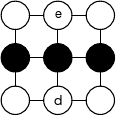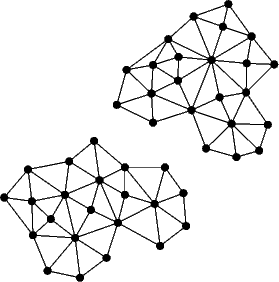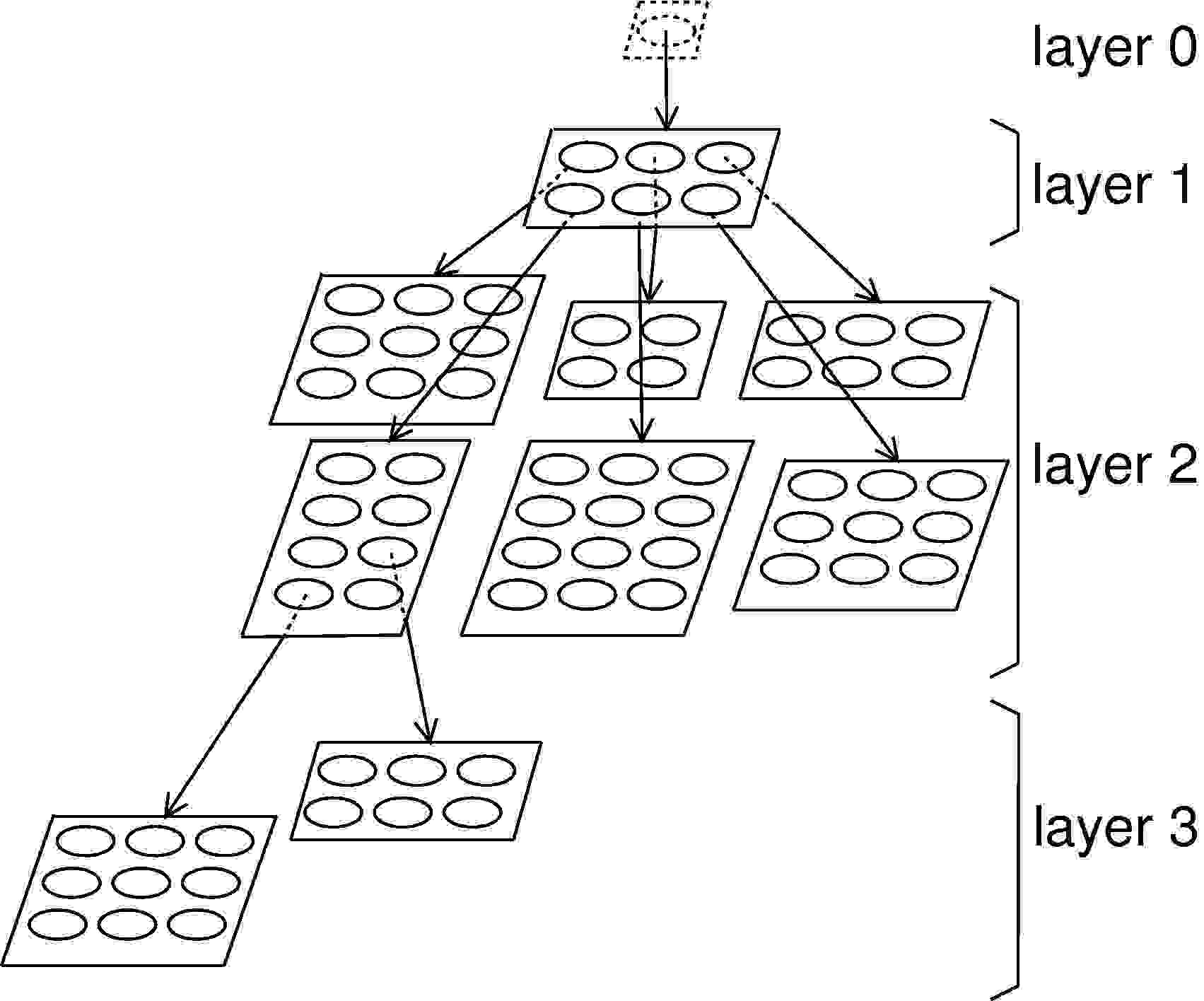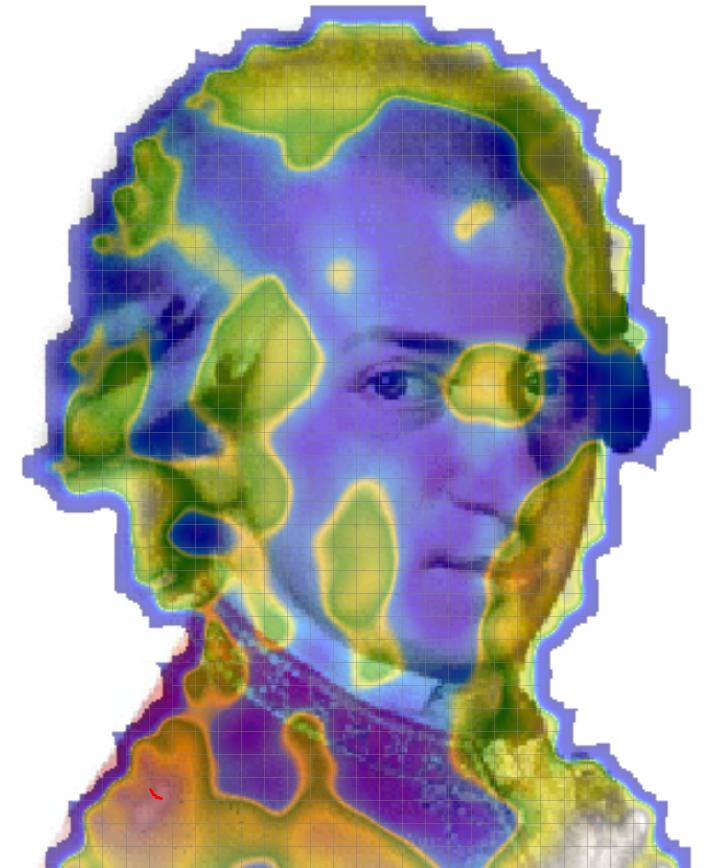SOM Network Models
The Java SOMToolbox provides implementations of several self-organising network models
Self-Organising Map
Growing Hierarchical SOM
The Growing Hierarchical Self-Organizing Map (GHSOM) is an extension of the original SOM algorithm that modifies the network topology such that it can grow both in map size and in depth. The training algorithm automatically selects the most fitting hierarchical structure for a given data set. The GHSOM provides a structural representation that is rough on the first layer and can be zoomed into if the fine details are of interest. It has been applied to various document databases, where the most similar articles are grouped together. [Details]
Andreas Rauber, Dieter Merkl, and Michael Dittenbach. The Growing Hierarchical Self-Organizing Map: Exploratory
Analysis of High-Dimensional Data
In IEEE Transactions on Neural Networks, Vol. 13, No 6, pp. 1331-1341, November 2002. IEEE.
Mnemonic SOM
An online demo of the Map of Mozart, which utilises Mnemonic SOMs for organising the complete works of Mozart, is available at the website of the IFS Music Information Retrieval.
Rudolf Mayer, Dieter Merkl, Andreas Rauber. Mnemonic SOMs: Recognizable Shapes for Self-Organizing Maps In Proceedings of the 5th Workshop On Self-Organizing Maps Paris (WSOM 2005), pp. 131-138, September 5-8 2005, Paris, France.
Growing Grid

The Growing Grid is a self-organizing network which is generated by a growth process. The application range of the model is the same as for Kohonen's feature map: generation of topology-preserving and dimensionality-reducing mappings, e.g., for the purpose of data visualization. The network structure is a rectangular grid which, however, increases its size during self-organization. By inserting complete rows or columns of units the grid may adapt its height/width ratio to the given pattern distribution. Both the neighborhood range used to co-adapt units in the vicinity of the winning unit and the adaptation strength are constant during the growth phase. This makes it possible to let the network grow until an application-specific performance criterion is fulfilled or until a desired network size is reached. A final approximation phase with decaying adaptation strength fine-tunes the network.
Bernd Fritzke. Growing Grid - a self-organizing network with constant neighborhood range and adaptation strength. In Neural Processing Letters 2:9-13, 1995
Growing Cell Structures

The Growing Cell Structures are a self-organizing neural network model that performs unsupervised learning and can be used for data visualization, clustering, and vector quantization. The main advantage over existing approaches, e.g., the Kohonen feature map, is the ability of the model to automatically find a suitable network structure and size. This is achieved through a controlled growth process which also includes occasional removal of units. This architecture is not anymore based on a rectangular structure; instead, the units are arranged in triangles, with each unit having at least two connections to neighbouring units.
Bernd Fritzke. Growing cell structures - a self-organizing network for unsupervised and supervised learning. In Neural Networks, 7(9):-1460, 1994.



